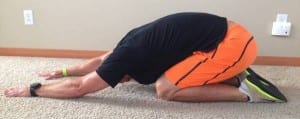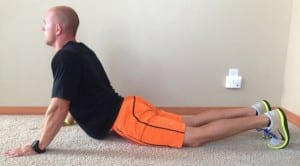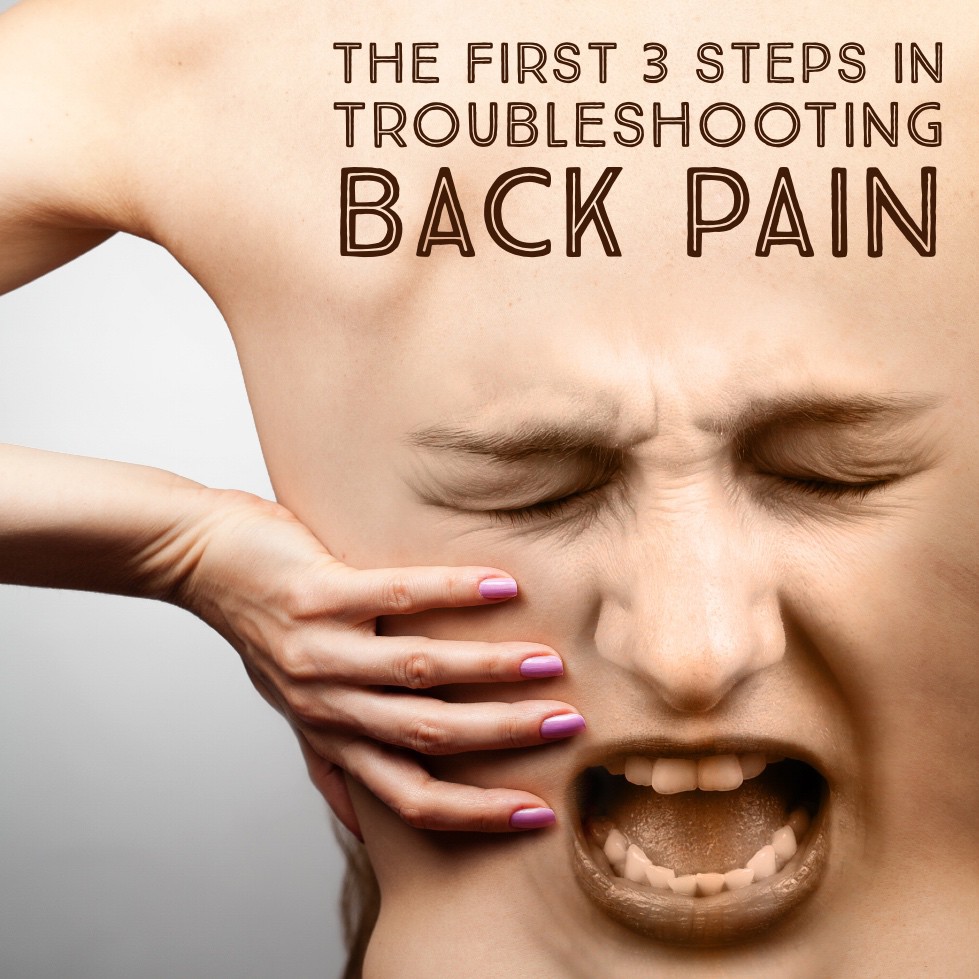Back injuries and pain have become the price of living in a modern world that neglects the requirements of human movement.
So get off your high horse and realize that caring for your spine is a lifelong process and should begin as early as possible – not simply when you hurt.
It really is just a matter of time until that office chair, car, smart phone or simply picking up a pencil from the floor takes its next victim.
Approximately 700 million people around the world suffer from back pain. Researchers estimate that nearly 85% of the population will suffer from some form of back pain in their lifetime.
This has nothing to do with how old you are…
It has nothing to do with genetics…
It has everything to do with the fact that our body requires continuous maintenance and movement. Much of which you are probably not doing – and I'm not talking about those 45 minute sesh's of lifting weights, running or cycling. I'm referring to the 1,395 other minutes of your day. How are those spent?
Researchers warn that those experiencing low back pain have a 13% increased risk of early death. This is why one of the most important preventative health care measures you can incorporate into your life is weekly chiropractic care.
Unfortunately, most people do not seek the guidance of a spine doctor until its too late. Even then, the majority of the population will look for an orthopedic doctor. This is where it gets interesting. Modern medicine's approach to back pain is basically eliminating the nagging back pain and discomfort with a pain pill, injection, MRI (what does that do for you again?) or worse – surgery.
I cannot stress this enough: The best time for everyone to get their first adjustment is just after birth, when their nervous system needs it most.
The next best time to get that first adjustment is whenever you decide you want a lifetime of improved health that cannot be found in bottles of pills and daily therapy for pain and discomfort.
Millions of people need spinal care in order to steer their path towards better health. But again, most people do not seek help until they've become “tired of the pain”. Only at that moment, it's highly likely the damage has been occurring for longer than you want to admit, and in some cases it may be too late.
I know there are people out there that don't “like going to doctors.” That's fair. But that won't excuse you from the pain you are not only causing yourself, but your family members. If you know someone like this, then please share this article.
Here are 3 Steps to Troubleshooting Pain Yourself
This certainly shouldn't replace a qualified healthcare professionals opinion, but if you or anyone you know is too stubborn to get checked, it's a start.
1. Start with Severity
The very first thing you should do when experiencing any type of discomfort is to go through this checklist.
- Tingling or numbness
- Loss of sensation
- Severe immobility, inability to walk
If you experience any of the above, then you should definitely get yourself checked by a qualified healthcare professional. This doesn't necessarily mean you've got major problems, but they are red flags that need troubleshooting.
When is it an emergency? If you experience any of the following:
- Loss of motor control (inability to coordinate voluntary movements)
- Loss of bowel or bladder function
In the case of the spine, it would be the inability to move your arms at all or walk on your toes/heels. This indicates massive loss of function and potential nerve damage.
2. Skip The Ortho (at least initially)
If you made it through the checklist above with a clean slate, chances are you are dealing with a purely musculoskeletal issue. Without neurological involvement, you should be able to independently manage your painful episode. Lucky you.
The ability to successfully self-treat will save you time, money, aggravation, and your general sanity.
Through my many years of treating lower back pain, I can confidently say that 95% of expensive diagnostic imaging procedures are downright worthless.
Certainly, today’s imaging techniques can show structural damages in high resolution, but they mean nothing when it comes to functionality? I know many people performing at high levels of athletics in peak physical condition with imaging that would indicate a train wreck and have most surgeons salivating at the idea of multiple disc fusion procedures; yet these individuals are able to perform and for the most part do it pain free.
There are also large percentages of individuals out there hindered by gut-wrenching pain and come clean with their fancy MRI's and CT scans.
Let me be blunt, “You are not your MRI.”
If your back pain is a chronic or recurring issue, then your symptoms should present in a consistent manner as previous injuries. And guess what, if you’re not willing to do things that you have never done before to rid yourself this pain, then I'm positive your orthopedic surgeon will be more than happy to grab the knife and open you up, cashing another absurdly large paycheck from the fat insurance company in the process. The choice is yours. I suggest you choose to be your own best advocate
3. Classify Your Pain Into Flexion or Extension
Individuals with active and painful lower back symptoms will all be uniquely inadequate in their own dysfunctional ways.
Back problems can easily be categorized into one of two distinct groups: flexion- or extension-based pain and dysfunction.
Flexion-based pain and dysfunction is most prevalent within our culture of sitting, slouching, and overall poor positioning or posture. On the opposite end of the spinal spectrum, extension-based dysfunction presents more in active populations, especially those stuck in an anteriorly tilted pelvic position for extended periods of time.
Using two clearing tests popularized by the Functional Movement System (FMS), you should able to determine your prominent movement dysfunction by the presence of pain while completing the motions below. If either of these tests illicits pain, that is considered a positive test. The most painful test classifies you as either flexion or extension intolerant.

Flexion Intolerant

Extension Intolerant
The results of these clearing tests can help you to focus on the daily movements and positions that will aid and hinder your path to recovery.
For flexion-based dysfunction, avoiding sitting and slouching is imperative. As for extension, hanging out in an extended spinal position for long durations can exacerbate your current symptoms, delaying your recovery for a few more painful weeks.
Chiropractors passionately pursue the detection and correction of vertebral subluxation in men, women, children, and infants. Chiropractic care not only addresses back pain but also targets improved performance and function in the nervous system. The goal of Chiropractic adjustments involves the optimal function of the body and the avoidance of needless pain, suffering, surgery, and early death.






